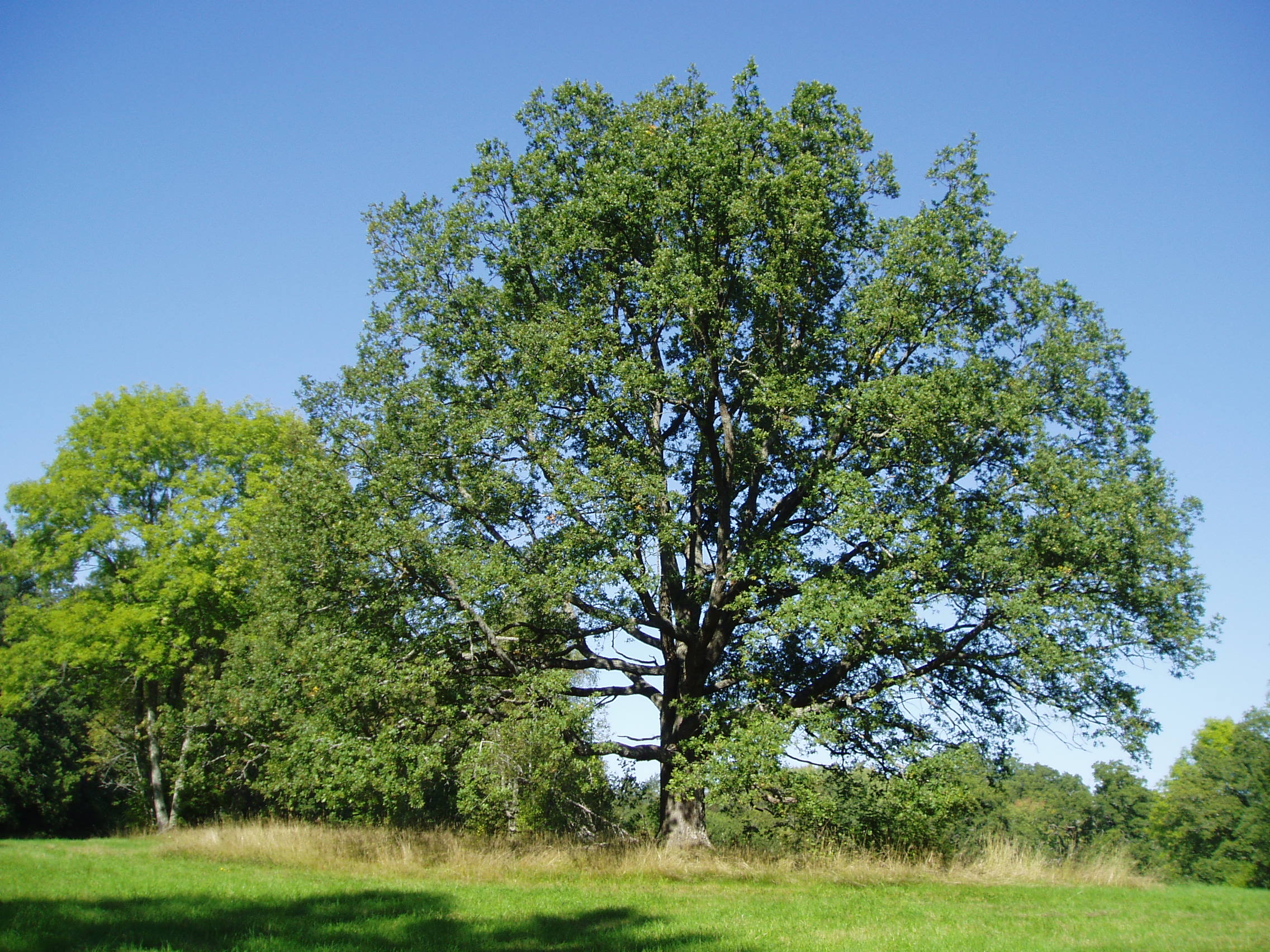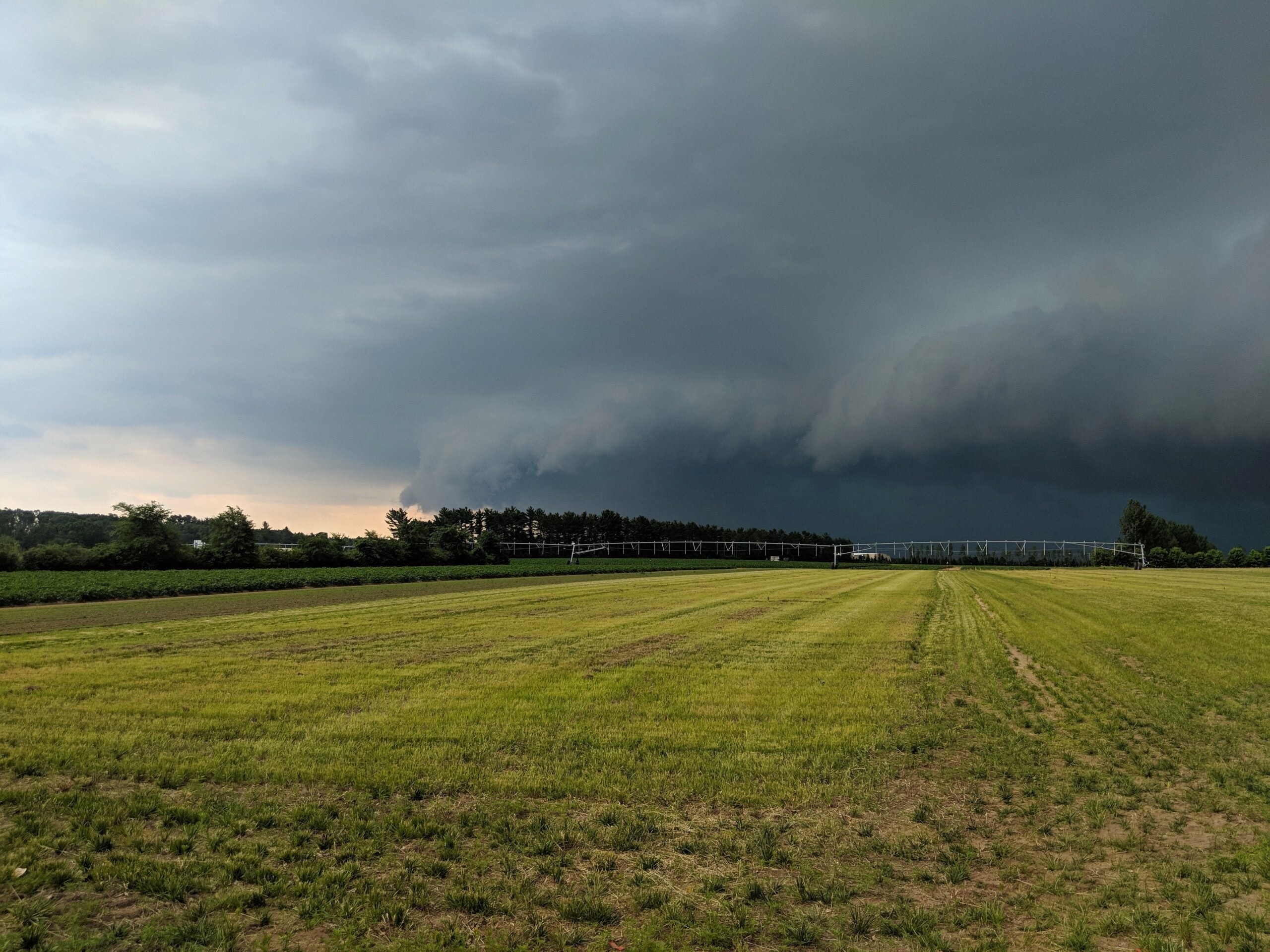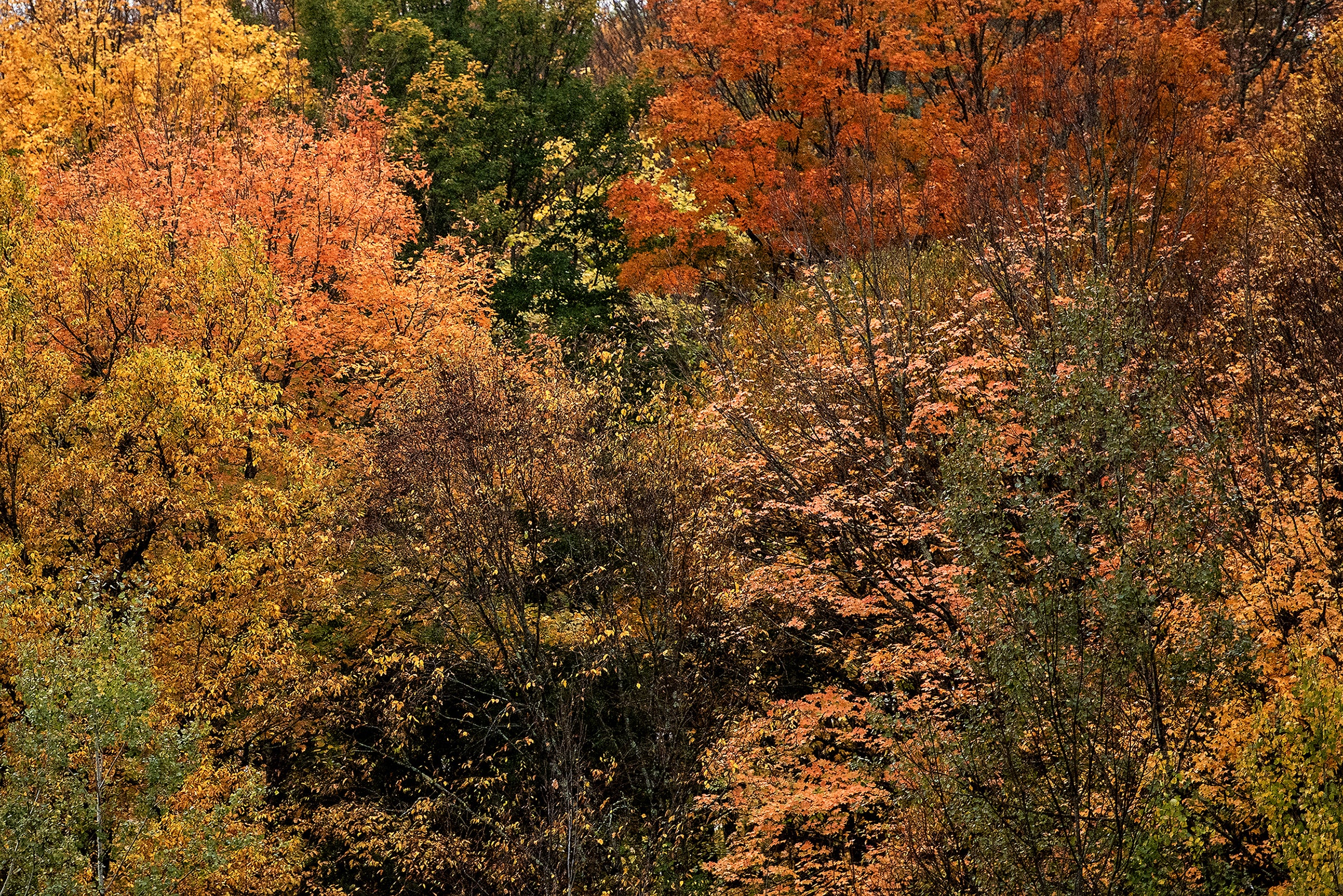A new study on oak trees in southwest Wisconsin could improve predictions about climate change.
University of Wisconsin-Platteville researchers took tree ring samples from more than 400 oaks in the Driftless area. Irregularities in the width of tree rings indicate periods of drought or flooding, which can tell scientists a lot about typical moisture levels in the region.
“The focus of this project was to get a better understanding of long-term changes in how much moisture we have available to us here in the Driftless area,” said Evan Larson, a UW-Platteville associate professor.
Stay informed on the latest news
Sign up for WPR’s email newsletter.
When making predictions about climate change, researchers usually look at weather records starting in the 1900s.
But Larson said many of the oak trees in his study are more than 300 years old, providing a much longer history of moisture levels for the region.
“As we continue to monitor the potential impacts of changing climate conditions, this is really going to help us understand are we in fact in an unprecedented climate state or is this within the variability of the system,” Larson said.
For example, a 2012 drought impacting much of southwest Wisconsin was not as bad as previous spans of low moisture.
“For as dry as we’ve seen it get, there are periods where droughts have been more intense or more prolonged,” Larson said. “Where this information can serve us is understanding the range of conditions we could experience in the future.”
Larson said this data is especially important for farmers because moisture levels are crucial for determining crop production.
“If the relationship between crop yield and climate stays as strong as it is, (then) we’re going to be really hard pressed to maintain this level of productivity,” Larson said.
Larson said analyzing previous droughts or floods can help producers know how to make their operations more resilient to extreme weather events.
Wisconsin Public Radio, © Copyright 2025, Board of Regents of the University of Wisconsin System and Wisconsin Educational Communications Board.



